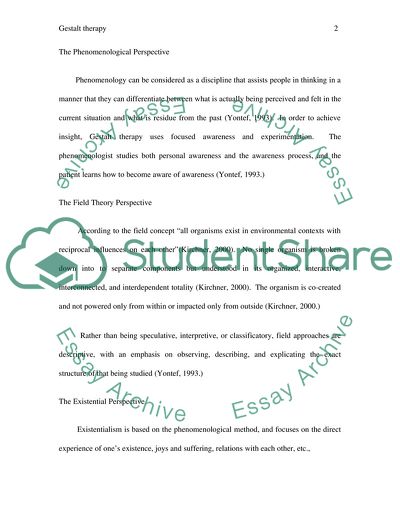Cite this document
(Aspects and Features of Gestalt Therapy Coursework, n.d.)
Aspects and Features of Gestalt Therapy Coursework. Retrieved from https://studentshare.org/psychology/1713987-gestalt-therapy
Aspects and Features of Gestalt Therapy Coursework. Retrieved from https://studentshare.org/psychology/1713987-gestalt-therapy
(Aspects and Features of Gestalt Therapy Coursework)
Aspects and Features of Gestalt Therapy Coursework. https://studentshare.org/psychology/1713987-gestalt-therapy.
Aspects and Features of Gestalt Therapy Coursework. https://studentshare.org/psychology/1713987-gestalt-therapy.
“Aspects and Features of Gestalt Therapy Coursework”. https://studentshare.org/psychology/1713987-gestalt-therapy.


